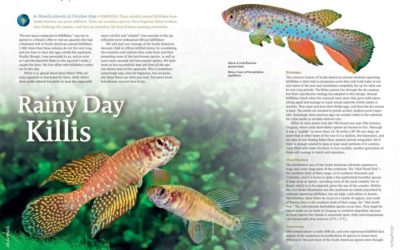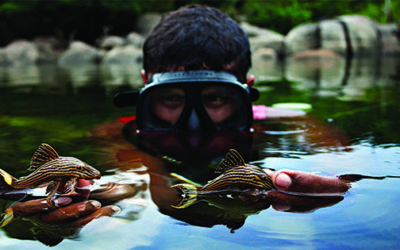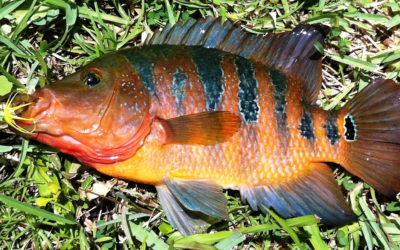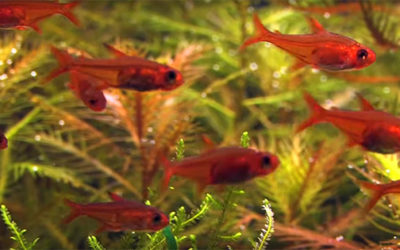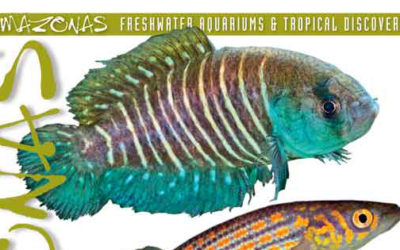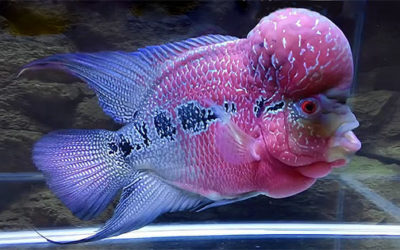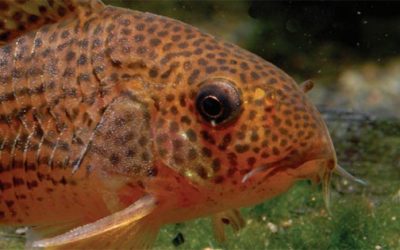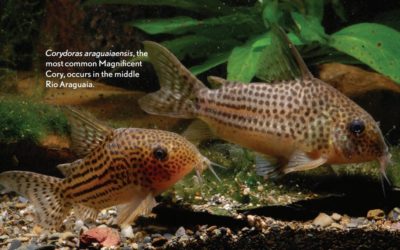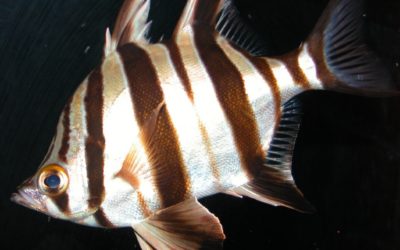The May/June 2016 Issue of AMAZONAS Magazine is printed and now delivering to print magazine subscribers and local aquarium shops. Here is a sample of articles and opening pages for readers wondering what the issue will deliver.
Freshwater Articles
XINGU Rising
Río Xingu is ground zero for what has been called the worst environmental disaster in a generation—the highly controversial, widely reviled Belo Monte Dam. This infrastructure project, which has been in development since 1975, has been reported even in mainstream international news outlets, mainly due to the fact that its impacts will include catastrophic environmental and social costs for the entire Xingu River basin.
Florida Issues Call for Anglers to Target Exotics
“Florida is home to at least 34 species of reproducing exotic fish and new species continue to be found, which can impact native fish communities,” said FWC biologist Kelly Gestring. “By removing and reporting nonnative fish, anglers help manage populations of exotic species and help conserve our state’s precious natural resources.”
Video – Newfound Love for the Ember Tetra
Maybe I just hadn’t seen the right video or photograph yet. But in the past week, not only did I stumble across some striking online displays of this diminutive red tetra….
AMAZONAS Magazine Table of Contents May/June 2016
SOUTH AMERICAN KILLIFISHES: AMAZONAS Magazine Volume 5, Number 3
FAAS Publication Awards
Entries are due soon for the FAAS Publication Awards, which recognize the efforts of aquarium societies and their members in creating club publications / newsletters.
AMAZONAS Feature Video: A Flowerhorn Year
Video documentary of the growth of a beautiful Flowerhorn Cichlid with a large nuchal hump and the simple husbandry techniques behind the transformation.
New Corydoras Species Honors AMAZONAS Editor
Corydoras eversi is the new name for Corydoras sp “C65”, named for Hans-Georg Evers, co-founder of AMAZONAS Magazine in Germany.
AMAZONAS Excerpt: Corydoras of the Rio Araguaia
Hans-Georg Evers returns to the Rio Araguaia, a magical place where families once could live quite well by collecting aquarium fishes, including many unique endemic Corydoras catfish species.
What’s in a Name?
It doesn’t really matter that you can spell Phractocephalus hemioliopterus, or that Entacmaea rolls smoothly off your tongue – if you can’t keep them alive in your aquariums.

